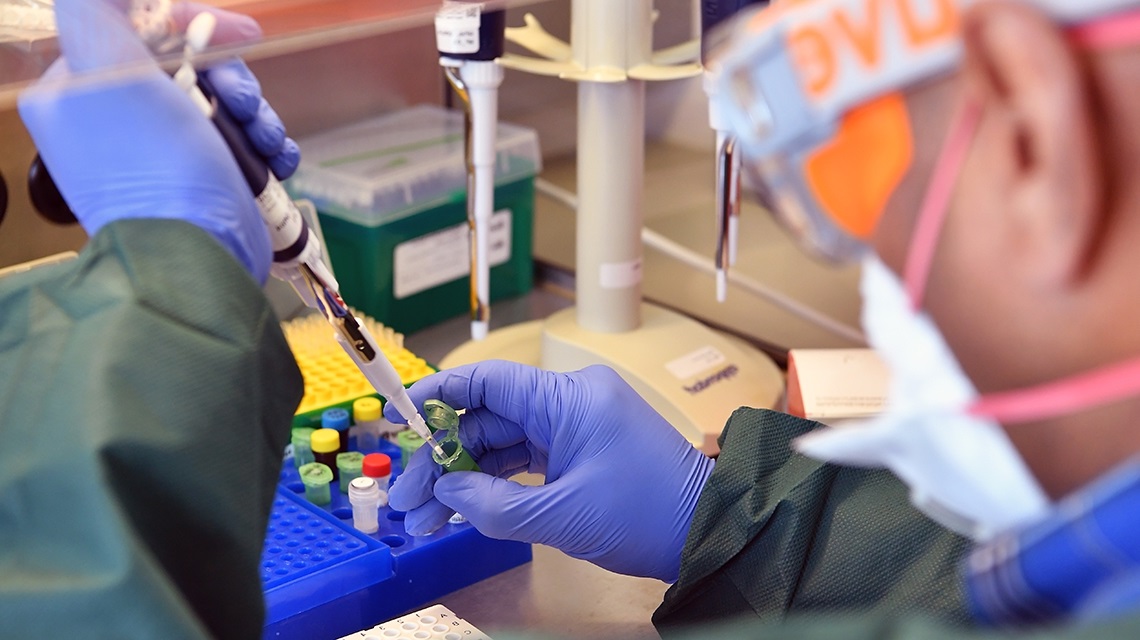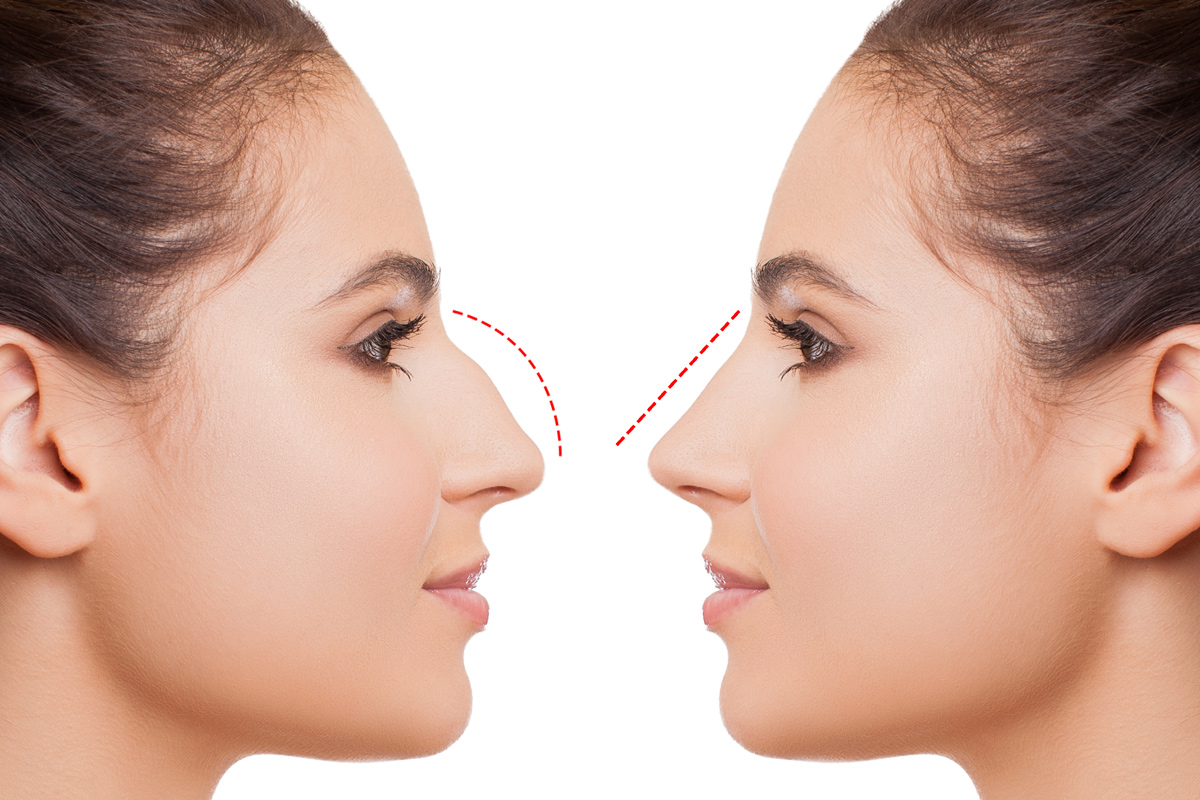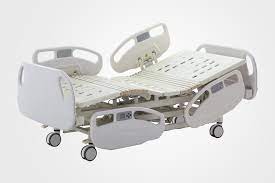The timely and accurate diagnosis of COVID-19 is crucial. Let’s take a closer look at the diagnostic standard for COVID-19: real-time reverse transcription polymerase chain reaction (RT-PCR).
The ribonucleic acid (RNA) levels and surface proteins in a sample, especially those with low RNA quantities, can be identified and compared using RT-PCR, a laboratory technique.
Explain the role of RT-PCR in the diagnosis of COVID-19.
Methods for Obtaining a Sample
To diagnose COVID-19, RT-PCR testing for the presence of viral RNA is required, which requires the acquisition of a patient sample, often a nasopharyngeal or oropharyngeal swab or, more recently, a saliva sample.
Separation of sample RNA and parallel DNA synthesis (cDNA)
The first step is to extract and isolate all of the RNA from the patient’s sample, as RNA is the only component of SARS-CoV-2. However, working with RNA in the lab presents greater difficulties than with DNA. The polymerase chain reaction (PCR) is a fast, straightforward, and reliable option to multiply and quantify DNA. However, RNA does not respond well to a polymerase chain reaction.
Thus, we use an enzyme called reverse transcriptase to transform RNA into DNA. The resulting DNA is called complementary-DNA (cDNA) because its sequence perfectly matches the original RNA strand.
The Isolation of a cDNA Genome from SARS-CoV-2
It is crucial to remember that we have assembled a set of cDNAs that accurately represents all the RNA in the original sample. This could be bacterial RNA, viral RNA, or RNA from the patient’s cells. Thus, we need a means of testing for the presence of SARS-CoV-2 cDNA.
Polymerase chain reaction (PCR) amplification and detection of a target DNA molecule permit us to amplify and identify the viral cDNA.
The three basic steps of PCR can be repeated up to 40 times, giving rise to the term “PCR.”
Denaturation
First, all double-stranded molecules are denatured or separated into constituent strands.
Annealing
The second step involves annealing primers specific to the SARS-CoV-2 cDNA to both strands of the cDNA. Primers are little stretches of nucleotides designed to anneal to a specific spot in the viral cDNA. The primers are highly specific, so they will only bind to the viral cDNA and not any other cDNAs present in the sample.
Elongation
The original DNA strand acts as a template as an enzyme called a polymerase adds nucleotides to the ends of the primers, creating two double-stranded DNA molecules.
Iter denaturation, annealing, and elongation until the DNA quantity doubles. After 35 rounds, there would be 235, or more than 34 billion, identical cDNA molecules.
Just what is real-time RT-PCR?
During real-time RT-PCR, a probe is added into the PCR process that fluoresces whenever fresh DNA is synthesized.
Fluorescent signals can be monitored in real-time to track the growth of viral cDNA. When the fluorescence intensity is high enough, we may conclude that the signal is distinguishable from noise.
The Ct value is the minimum number of cycles required for detecting a fluorescent signal. As the Ct value decreases, more RNA is present in the sample, hence a higher viral load. With regards to SARS-CoV-2, a Ct value below 40 indicates positivity.
How long do you have to wait for the results of an RT-PCR test?
Successfully containing the infection requires fast and accurate test results.
In general, how long does RT-PCR take to run?
Two to four hours is the average time needed to complete a real-time RT-PCR run, and this does not include the time needed to extract and reverse-transcribe the RNA. The turnaround time of a laboratory is highly dependent on the available equipment and the degree of automation of the process.
How reliable is RT-PCR in detecting SARS-CoV-2?
Fast results are great, but they only help stop the spread of disease if they can be used to isolate those who have it properly. To what extent, then, are RT-PCR results reliable?
The analytical specificity and sensitivity of the RT-PCR assay, or its ability to detect viral RNA when it is present in the sample, as well as its clinical sensitivity and specificity, or its ability to detect individuals who do or do not have the disease, are all relevant to answering this question.
Clinical specificity and sensitivity reveal the true infection rate by identifying true positives and false negatives, respectively.
Fortunately, RT-PCR has low levels of false-positive results for SARS-CoV-2 due to its great analytical and clinical specificity. For this reason, it is reasonable to assume that a patient who tests positive for the virus is indeed infected.
When they occur, false positives are usually the result of technical mistakes or reagent contamination that could have been avoided with proper laboratory techniques and testing procedures.
But why do certain labs report negative findings for COVID-19 when they should be positive?
Even though the primers used in most RT-PCR kits are designed to target regions of viral RNA that appear to be quite stable, variations or changes in the sequence of viral RNA could lead to false-negative results by blocking accurate primer binding.
Some SARS-CoV-2 RT-PCR test kits are more sensitive than others.
However, the quality of the sample utilized is the most important factor in the results of any RT-PCR test.
As a result, collecting samples is probably the primary contributor to false-negative results. The sensitivity of SARS-CoV-2 RT-PCR tests can be affected by several factors, such as improper sampling process, transit, or storage. Still, the kind of specimen and the timing of sample collection are likely to have the greatest impact. For more information visit our website.
Read Also: Why is health screening important
I am a professional writer and blogger. I’m researching and writing about innovation, Entertainment, technology, business, and the latest digital marketing trends click here to go website. Follow my blog here & Visit my website here.



